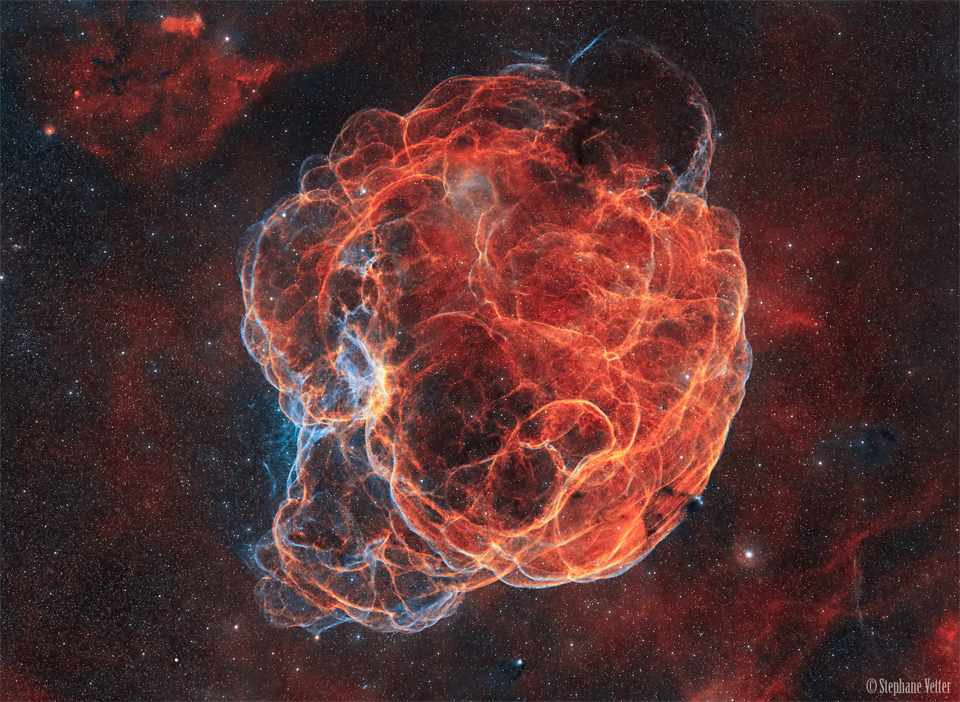
Nombre total de pages vues
29/02/2024
ASTRONOMIE - Bénou l'astéroïde qui se dirige vers la Terre équivaut à 22 bombes atomiques !

MYSTERES SOUS L'EAU DES LACS - Plongée sous la glace

ASTRONOMY - Julius Caesar and Leap Days
2024 February 29
Image Credit & License: Classical Numismatic Group, Inc., Wikimedia
Explanation: In 46 BC Julius Caesar reformed the calendar system. Based on advice by astronomer Sosigenes of Alexandria, the Julian calendar included one leap day every four years to account for the fact that an Earth year is slightly more than 365 days long. In modern terms, the time it takes for the planet to orbit the Sun once is 365.24219 mean solar days. So if calendar years contained exactly 365 days they would drift from the Earth's year by about 1 day every 4 years and eventually July (named for Julius Caesar himself) would occur during the northern hemisphere winter. By adopting a leap year with an extra day every four years, the Julian calendar year would drift much less. In 1582 Pope Gregory XIII provided the further fine-tuning that leap days should not occur in years ending in 00, unless divisible by 400. This Gregorian Calendar system is the one in wide use today. Of course, tidal friction in the Earth-Moon system slows Earth's rotation and gradually lengthens the day by about 1.4 milliseconds per century. That means that leap days like today will not be necessary, about 4 million years from now. This Roman silver coin, a denarius, depicts Julius Caesar (left) and Venus, Roman goddess of love.
28/02/2024
SANTé/MEDECINE - IRM : le cœur en toute transparence

ASTRONOMY - Shades of Night
2024 February 28
Image Credit & Copyright: Dario Giannobile
Explanation: How does the sky turn dark at night? In stages, and with different characteristic colors rising from the horizon. The featured image shows, left to right, increasingly late twilight times after sunset in 20 different vertical bands. The picture was taken last month in Syracuse, Sicily, Italy, in the direction opposite the Sun. On the far left is the pre-sunset upper sky. Toward the right, prominent bands include the Belt of Venus, the Blue Band, the Horizon Band, and the Red Band. As the dark shadow of the Earth rises, the colors in these bands are caused by direct sunlight reflecting from air and aerosols in the Earth's atmosphere, multiple reflections sometimes involving a reddened sunset, and refraction. In practice, these bands can be diffuse and hard to discern, and their colors can depend on colors near the setting Sun. Finally, the Sun completely sets and the sky becomes dark. Don't despair -- the whole thing will happen in reverse when the Sun rises again in the morning.
27/02/2024
SANTé/MEDECINE - L'IRM fonctionnelle, l'outil pour lire dans les pensées

MYSTERE SOUS L'EAU DES LACS - L'écrevisse signal, une beauté fatale
ASTRONOMY - Supernova Remnant Simeis 147
2024 February 27
Image Credit & Copyright: Stéphane Vetter (Nuits sacrées)
Explanation: It's easy to get lost following the intricate, looping, and twisting filaments of supernova remnant Simeis 147. Also cataloged as Sharpless 2-240, the filamentary nebula goes by the popular nickname the Spaghetti Nebula. Seen toward the boundary of the constellations of the Bull (Taurus) and the Charioteer (Auriga), the impressive gas structure covers nearly 3 degrees on the sky, equivalent to 6 full moons. That's about 150 light-years at the stellar debris cloud's estimated distance of 3,000 light-years. This composite image includes data taken through narrow-band filters isolating emission from hydrogen (red) and oxygen (blue) glowing gas. The supernova remnant has an estimated age of about 40,000 years, meaning light from this massive stellar explosion first reached the Earth when woolly mammoths roamed free. Besides the expanding remnant, this cosmic catastrophe left behind a pulsar: a spinning neutron star that is the remnant of the original star's core.
ASTRONOMY - Martian Moon Eclipses Martian Moon
2024 February 26
Video Credit: ESA, DLR, FU Berlin, Mars Express; Processing & CC BY 2.0 License: Andrea Luck
Explanation: What if there were two moons in the sky -- and they eclipsed each other? This happens on Mars. The featured video shows a version of this unusual eclipse from space. Pictured are the two moons of Mars: the larger Phobos, which orbits closer to the red planet, and the smaller Deimos, which orbits further out. The sequence was captured last year by the ESA’s Mars Express, a robotic spacecraft that itself orbits Mars. A similar eclipse is visible from the Martian surface, although very rarely. From the surface, though, the closer moon Phobos would appear to pass in front of farther moon Deimos. Most oddly, Phobos orbit Mars so close that it appears to move backwards when compared to Earth's Moon from Earth, rising in west and setting in the east. Phobos, the closer moon, orbits so close and so fast that it passes nearly overhead about three times a day.
25/02/2024
MYSTERES SOUS L'EAU DES LACS - Paysage sans vie dans un bras mort du Rhône
ASTRONOMY - STEVE: A Glowing River over France
2024 October 28 STEVE: A Glowing River over France Credit & Copyright: Louis LEROUX-GÉRÉ Explanation: Sometimes a river of hot gas flo...

-
2022 September 26 All the Water on Planet Earth Illustration Credit: Jack Cook, Adam Nieman, Woods Hole Oceanographic Institution ; Data ...
-
2025 May 11 The Surface of Venus from Venera 14 Image Credit: Soviet Planetary Exploration Program , Venera 14 ; Processing & Copyri...




